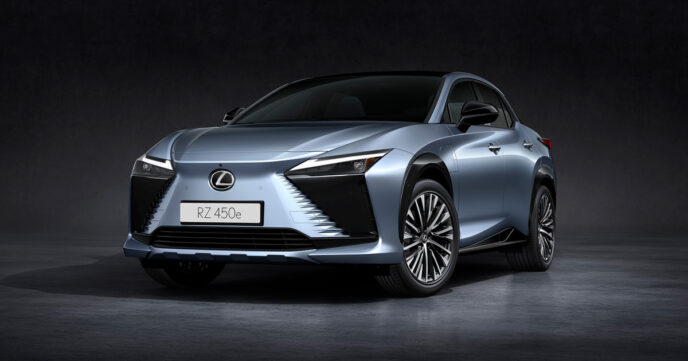
Infrared heating in the soon-to-be-launched Lexus RZ battery electric vehicle (BEV) is set to warm occupants without impacting its estimated 470km range (NEDC).
Two panels in the RZ’s platform create infrared radiation to warm the driver and front-seat passenger.
Unlike traditional convection heating, which warms the air, this design touch heats only solid objects in the panels’ line of sight, the brand says.
The RZ’s radiant heat is also extremely efficient as it warms occupants more quickly and reduces energy consumption by about 8% by delivering heat only where required.
It also reduces the load on the heating ventilation and air conditioning system and helps safeguard the BEV’s range.
The sensation is similar to having a warm blanket placed around the legs on a cold day, achieved by hiding the two radiant heaters at knee-level, behind the lower instrument and steering-column panels.
The driver or front-seat passenger can avoid overheating with physical contact to the panel, which automatically reduces temperatures to around 43 degrees Celsius to prevent discomfort.
The RZ’s radiant heating supplements the standard cabin heating (which can be used more modestly when radiant heat is generated) and is in addition to the seat heaters and heated steering wheel.
Radiant heating is integrated into the Lexus Climate Concierge, the multi-zone climate control system which automatically adjusts the cabin, seat, and steering-wheel heating and cooling systems to ensure optimal thermal comfort for all RZ occupants at all times.
The various heating procedures (radiant heating, seat heaters and heated steering wheel) will be offered when the RZ goes on sale in Australia around mid-year. Lexus will confirm which grade will have the heating, together with additional specification and pricing, closer to the on-sale date.
The RZ was unveiled in August last year.








